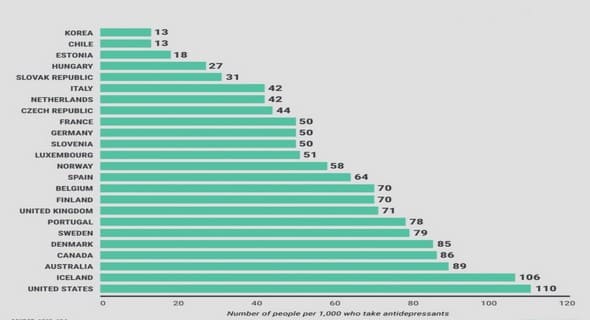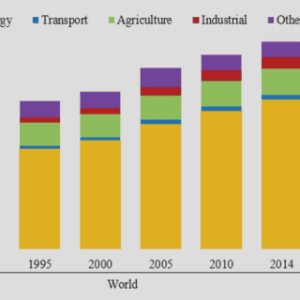(Downloads - 0)
For more info about our services contact : help@bestpfe.com
Table of contents
1. Introduction
1.1. Context
1.1.1. Hybridization as a breeding strategy in forestry
1.1.2. Larch species and hybrids
1.1.3. Hybrid larch breeding
1.1.4. The problem
1.2. Hybridization
1.2.1. Heterosis
1.2.2. Hybrids’ stability
1.3. Phenotypic plasticity
1.3.1. The concept
1.3.2. Genetics of plasticity
1.3.3. Dendroplasticity
1.4. Fundamentals of quantitative genetics
1.4.1. Genetic variance and covariance
1.4.2. Environment and the variance decomposition
1.4.3. Hybrids’ genetic variance
1.5. Scientific questions
1.5.1. Questions of Chapter 1
1.5.2. Questions of Chapter 2
2. Materials and methods
2.1. Experimental set-up
2.1.1. Mating design
2.1.2. Sites and set-up
2.2. Data collection
2.2.1. Field measurements
2.2.2. Increment cores data
2.2.3. Environmental data
2.3. Inference
2.3.1. Bayesian inference
2.3.2. Monte-Carlo Markov Chain
2.3.3. Priors
3. Chapter I. Hybrid larch heterosis: for which traits and under which genetic control?
3.1. Analytical considerations
3.1.1. The two-step approach
3.1.2. Account for the competition
3.1.3. Genetic effects
3.1.4. Modeling of ordinal categorical traits
3.2. Article
4. Chapter II. Deciphering hybrid larch reaction norms using random regression
4.1. Analytical considerations
4.1.1. Lessons from Chapter 1
4.1.2. Series autocorrelation
4.1.3. Selection of an environmental gradient
4.2. Article
5. Discussion
5.1. Main results
5.1.1. From Chapter 1
5.1.2. From Chapter 2
5.2. Towards the architecture of larch heterosis
5.2.1. Synthesis
5.2.2. Perspective: systemic approach
5.3. Implications for hybrid larch breeding
5.3.1. Synthesis
5.3.2. Perspective: molecular information
5.3.3. Perspective: in-depth hybridization
5.4. Phenotypic plasticity and hybrid larch breeding
5.4.1. Synthesis
5.4.2. Perspective: adaptability of the dendroplasticity
Appendices




